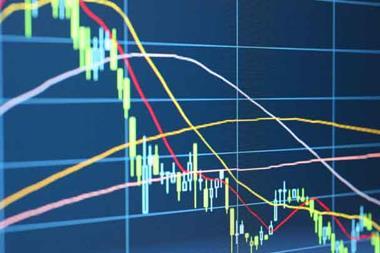Sweden’s Kåpan has revealed its foreign currency investments took a hit during the first half of this year due to the strengthening of the Swedish krona – which was itself a knock-on effect of the Nordic country’s outlier approach to handling the COVID-19 pandemic.
However, in its interim report, the fund – which manages pensions for government employees – said that other investments had not been impacted as much as might have been expected.
Kåpan reported an overall negative return on its investments of 1.4% for January to June this year.
In the report, it said the Swedish economy looked set to emerge from the first half of the year with a slightly less negative impact on the economy compared with many other countries.
“The handling of the pandemic in Sweden has been based more on guidelines and personal responsibility and not rule-based general closure,” it said.
The short-term effect of this had, it said, been a relatively high level of infection spread, but on the other hand less of a negative effect on economic activity.
“As a result of the relatively strong Swedish economy, the currency has strengthened, which has had a negative impact on the association’s value development of investments in other currencies,” Kåpan said.
But most of the pension fund’s investments were currency hedged, it said, which had limited the negative effect.
Kåpan said that in general, values of its investments had not been squeezed as much as might have been expected – given the major effect the pandemic had on growth during the first half.
“The massive stimuli have of course had a positive effect, but many companies have also been able to adapt their operations,” it commented.
Kåpan’s total assets dipped to SEK104.5bn (€10.1bn) at the end of June from SEK105.1bn at the end of last year, with its solvency also declining to 164% from 175% at the end of 2019, the new figures showed.
The negative first-half investment return compares to the pension fund’s positive result of 8.4% this time last year and 13.4% for the 2019 full year.
According to foreign exchange data from Reuters, the Swedish krona has strengthened against the US dollar, the euro and sterling since the beginning of this year, despite the unit’s sharp temporary drop in the second week of March.
























No comments yet